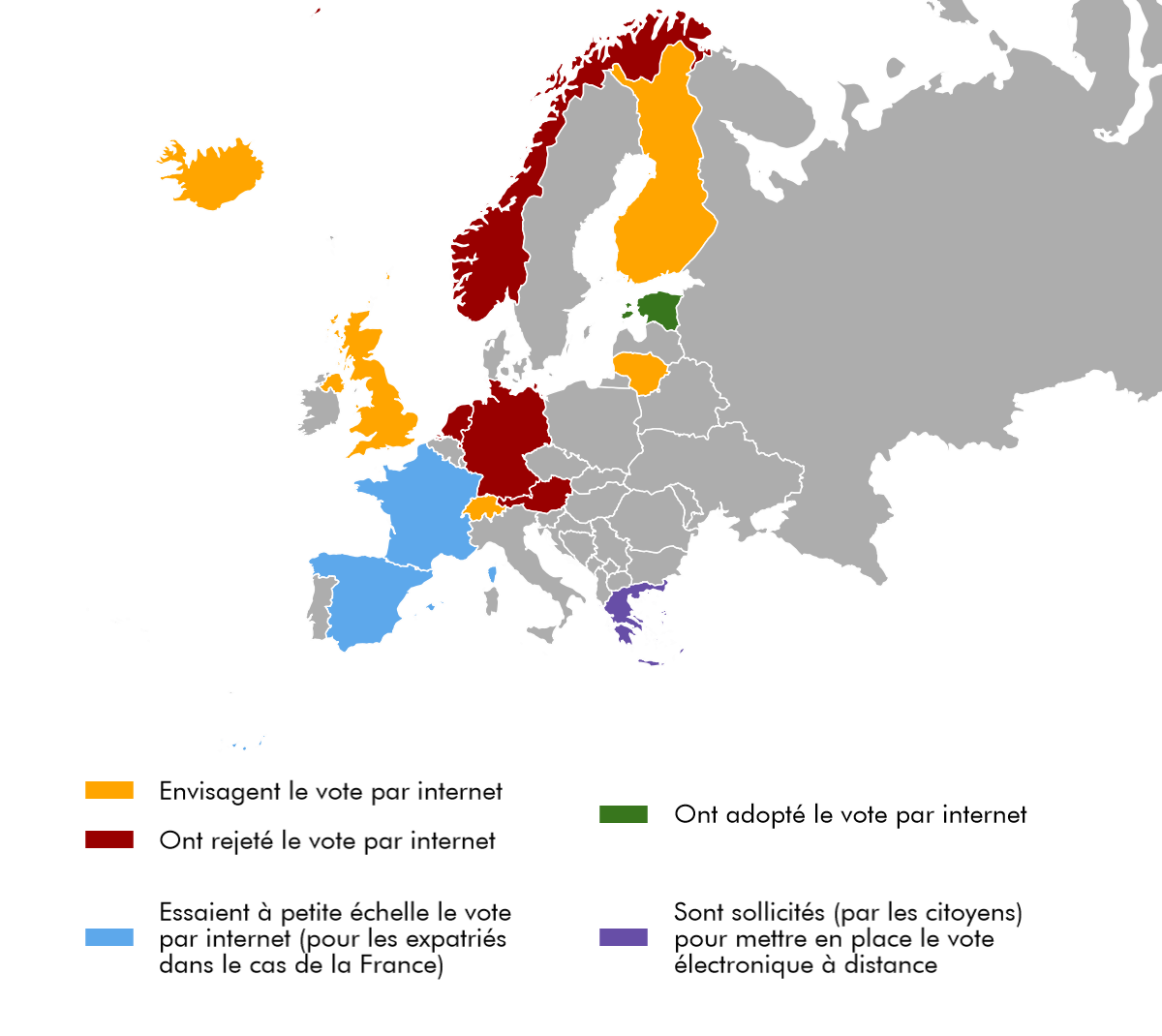The use of social networks by professionals
The proliferation of social networks is prompting professional users to create an account on each network. Researchers from Télécom SudParis wanted to find out how professionals use these different platforms, and whether or not the information they post is the same for all the networks. Their results, based on combined activity on Google+, Facebook and Twitter, have been available online since last June, and in December 2016 will be published in the scientific journal, Social Network Analysis and Mining.
Athletes, major brands, political figures, singers and famous musicians are all increasingly active on social networks, with the aim of increasing their visibility. So much so, that they have become very professional in their ways of using platforms such as Facebook, Twitter and Google+. Reza Farahbakhsh, a researcher at Télécom SudParis, took a closer look at the complementarity of different social networks. He studied how these users handle posting the same message on one or more of the three platforms mentioned above.
This work, carried out with Noël Crespi (Télécom SudParis) and Ángel Cuevas (Carlos III University of Madrid) showed that 25% of the messages posted on Facebook or Google+ by professional users are also posted on one of the two other social networks. On the other hand, only 3% of tweets appeared on Google+ or Facebook. This result may be explained by the fact that very active users, who publish a lot of messages, find Twitter to be a more appropriate platform.
Another quantitative aspect of this research is that on average, a professional user who cross-posts the same content on different social networks will use the Facebook-Twitter combination 70% of the time, but not Google+. When used as a support platform for duplications, Google+ is associated with Facebook. Yet, ironically, more users post on the three social networks than solely on Google+ and Twitter.
Semantic analysis for information retrieval
To measure these values, the researchers first had to identify influential accounts on all three platforms. 616 users were therefore identified. The team then developed software that enabled them to find the posts from all the accounts on Facebook, Twitter and Google+ by taking advantage of these platforms’ programming interfaces. All in all, 2 million public messages were collected by data shuffling.
Following this operation, semantic analysis algorithms were used to identify similar content among the same user’s messages on different platforms. To avoid bias linked to the recurrence of certain habits among users, the algorithms were configured only to search for identical content within a one-week period before and after the message being studied.
Cross-posts are more engaging for the target audience
In addition to retrieving information about message content, researchers also measured the number of likes and shares (or retweets) for each message that was collected. This allowed them to measure whether or not cross-posting on several social networks had an impact on fans or followers engaging with the message’s content — in other words, whether or not there would be more likes on Twitter or shares on Facebook for a cross-posted publication than for one that was not cross-posted.
Since the practice of sharing information on other networks is used to better reach an audience, it was fairly predictable that cross-posts on Twitter and Facebook would be more engaging. Researchers therefore observed that, on average, a post initiated on Facebook and reposted on another platform would earn 39% more likes, 32% more comments and 21% more shares than a message that was not cross-posted. For a post initiated on Twitter, the advantage was even greater, with 2.47 times more likes and 2.1 times more shares.
However, the team observed a reverse trend for Google+. A post initiated on this social network and reposted on Twitter or Facebook would barely achieve half the likes earned by a message that was not cross-posted, and one third of the comments and shares. A professional Google+ user would therefore be better off not cross-posting his message on other social networks.
Since this work involves quantitative, and not sociological analysis, Reza Farahbakhsh humbly acknowledges that these last results on public engagement are up for discussion. “One probable hypothesis is that a message posted on Facebook and Twitter has more content than a message that is not cross-posted, therefore resulting in a greater public response,” the researcher suggests.
Which platform is the primary source of publication?

50% of professional users use Facebook as the initial publication source.
On average, half of professional users use Facebook as the initial cross-publication source. 45% prefer Twitter, and only 5% use Google+ as the primary platform. However, the researchers specify that “5.3% of cross-posts are published at the same time,” revealing the use of an automatic and simultaneous publication method on at least two of the three platforms.
Although this work does not explain what might motivate the initial preference for a particular network, it does, however, reveal a difference in content, based on which platform is chosen first. For instance, researchers observed that professionals who preferred Twitter posted mostly text content, with links to sites other than social networks, with content that did not change significantly when reposted on another platform. On the other hand, users who preferred Facebook published more audio-visual content, including links to other social platforms.
This quantitative analysis provides a better understanding of the communication strategies used by professional users. To take this research a step further, Reza Farahbakhsh and Noël Crespi would now like to concentrate on how certain events influence public reactions to the posts. This topic could provide insight and guide the choices of politicians during election campaigns, for example, or improve our understanding of how a competition like the Olympic Games may affect an athlete’s popularity.







 The WiseIoT Project (South Korea) and Télécom SudParis
The WiseIoT Project (South Korea) and Télécom SudParis The 5G Pagoda Project (Japan) and Eurecom
The 5G Pagoda Project (Japan) and Eurecom
 A complete understanding of the long-term behavior of these materials and their assemblies is crucial for the development of industrial applications, but these aspects are difficult to predict for these new materials with such a short history (unlike metals). In order to monitor how these industrial parts evolve over several decades (the operational life of a civil aircraft for example), nondestructive testing must be carried out over the service life, today. The Composites and Hybrid Structures group is working on the possibility of removing this expensive and tedious nondestructive testing by integrating in-situ sensors in the structure of the material itself, making it a smart composite which can be remotely monitored online.
A complete understanding of the long-term behavior of these materials and their assemblies is crucial for the development of industrial applications, but these aspects are difficult to predict for these new materials with such a short history (unlike metals). In order to monitor how these industrial parts evolve over several decades (the operational life of a civil aircraft for example), nondestructive testing must be carried out over the service life, today. The Composites and Hybrid Structures group is working on the possibility of removing this expensive and tedious nondestructive testing by integrating in-situ sensors in the structure of the material itself, making it a smart composite which can be remotely monitored online.






 An associate research professor in economics at Télécom Bretagne,
An associate research professor in economics at Télécom Bretagne, 



